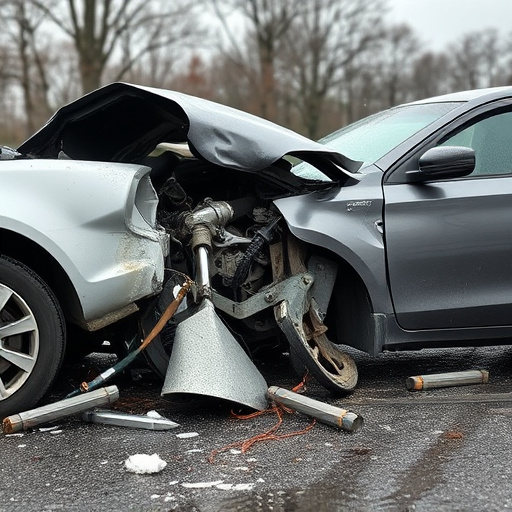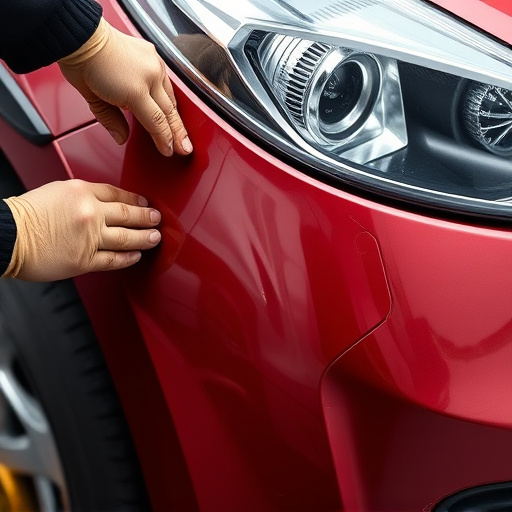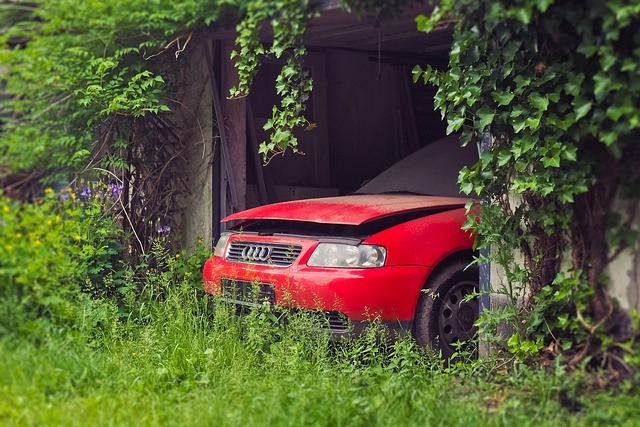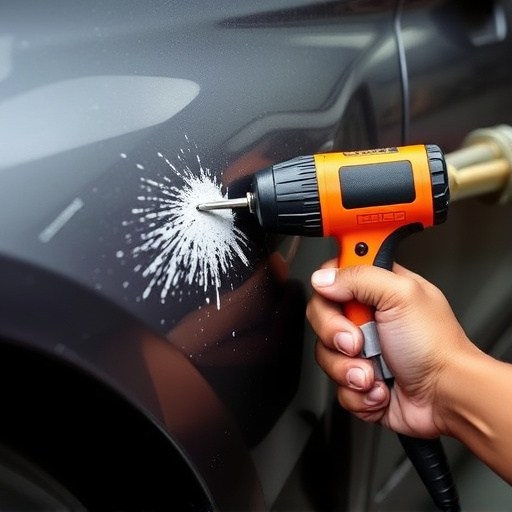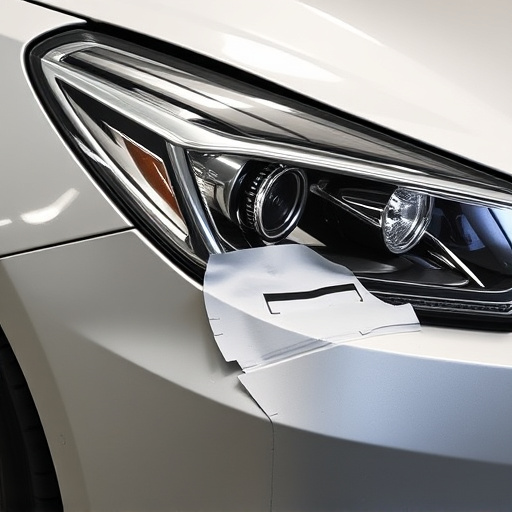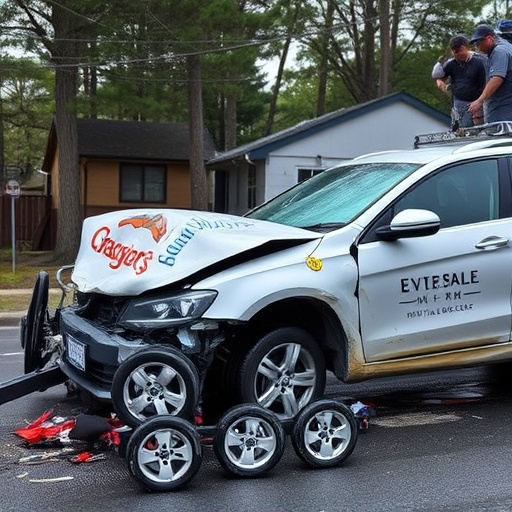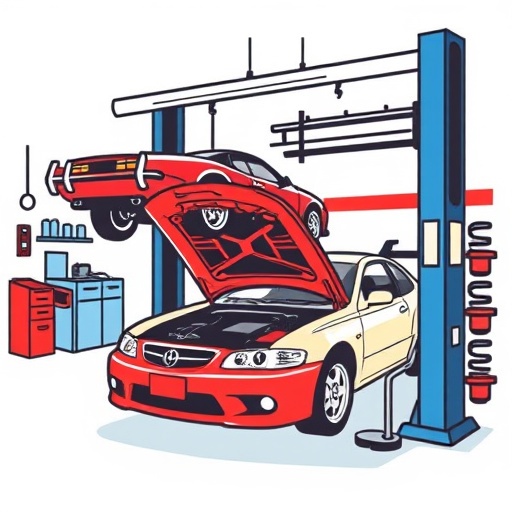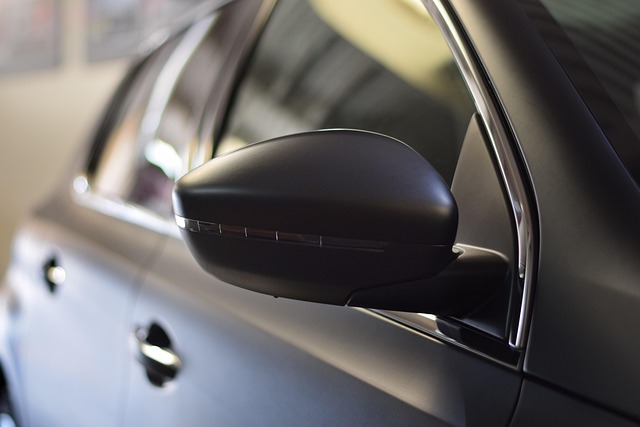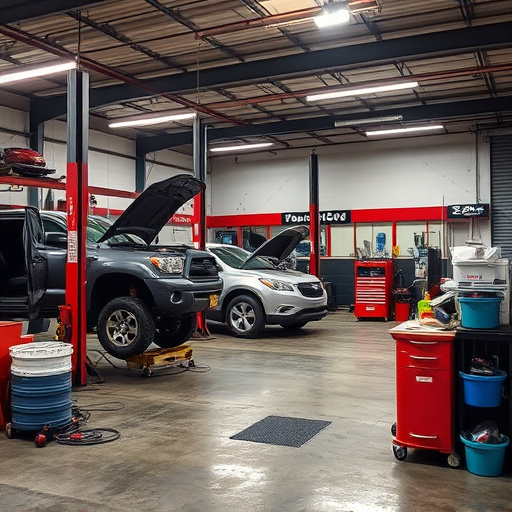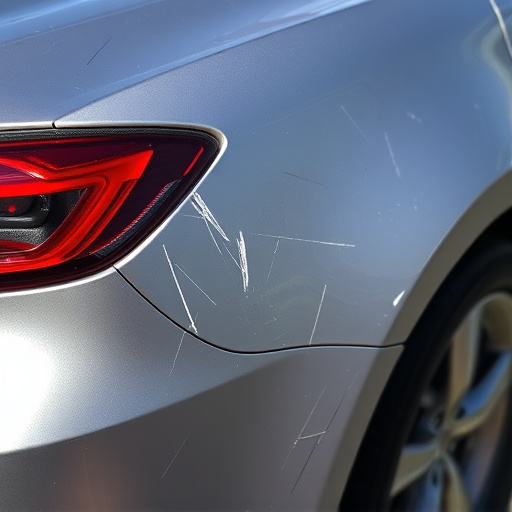Collision repair services have evolved significantly, adopting advanced technologies like robotic welding, CAD software, and state-of-the-art auto painting systems for precise vehicle restoration. Turnaround times are reduced by factors such as damage extent, technician skill, vehicle type, weather, and parts availability, with specialized shops offering faster repairs. Efficient strategies in the competitive market include digital technology implementation, prioritizing critical repairs, and maintaining a well-stocked inventory to meet customer expectations of quick turnaround times.
In today’s fast-paced world, understanding the timeline for collision repair services is crucial for car owners. The process has evolved significantly, with modern techniques and technologies aiming to reduce repair times. However, various factors can influence turnaround periods. This article delves into the intricacies of collision repair, exploring the contemporary processes, key influencers, and efficient strategies to expedite repairs, ultimately providing insights into what to expect when availing collision repair services.
- Understanding Modern Collision Repair Processes
- Factors Affecting Repair Time Today
- Efficient Strategies for Quicker Turnaround Times
Understanding Modern Collision Repair Processes
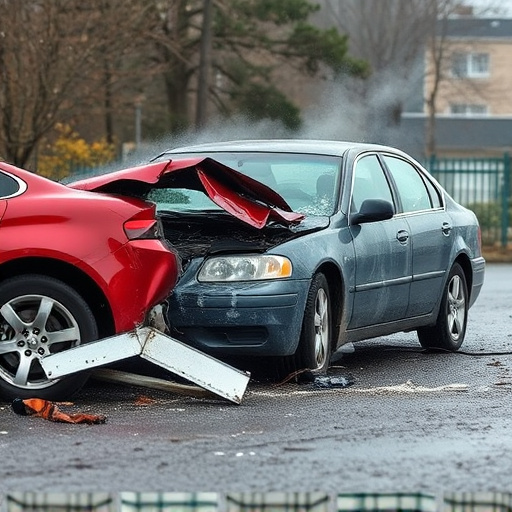
In today’s advanced automotive industry, collision repair services have evolved significantly, employing sophisticated techniques and technologies that streamline the process. Unlike traditional methods, modern collision repair isn’t just about fixing cracks and dents; it involves a comprehensive approach to vehicle restoration. The initial step is often an assessment using specialized equipment to accurately identify and document collision damage. This meticulous process ensures every detail of the vehicle’s condition is captured for accurate repairs.
Once the damage is assessed, trained technicians employ advanced techniques such as robotic welding, computer-aided design (CAD) software, and state-of-the-art auto painting systems. These technologies enable precise adjustments to the vehicle’s structure, ensuring it returns to its pre-collision condition or even enhances safety standards. Vehicle repair services now prioritize efficiency without compromising quality, resulting in shorter turnaround times compared to past practices.
Factors Affecting Repair Time Today
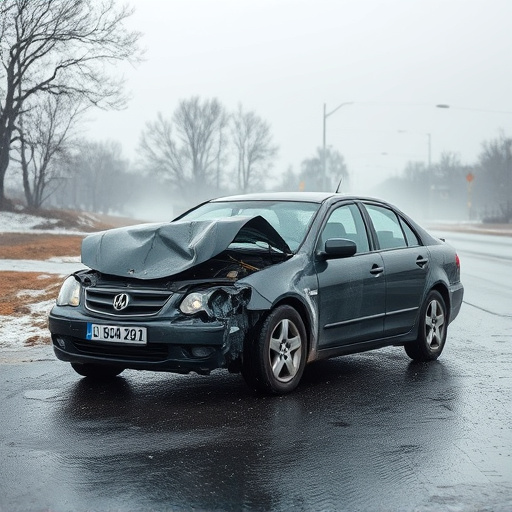
The duration of collision repair services today is significantly influenced by several factors. One of the primary considerations is the extent of the damage. Complex repairs involving structural changes or multiple panels can take considerably longer than simple fixes like painting or touch-ups. The availability and workload of skilled technicians also play a crucial role; specialized automotive body shops with experienced staff may have shorter turnaround times due to their efficiency and expertise.
Additionally, the type of vehicle affects repair time, with luxury cars or those with intricate designs often requiring more precise and time-consuming repairs. Hail damage repair, for instance, can be particularly challenging due to the need for meticulous patching and painting, especially on larger fleets or commercial vehicles. Furthermore, weather conditions and supply chain delays in obtaining replacement parts can introduce variables that impact the overall duration of collision repair services.
Efficient Strategies for Quicker Turnaround Times
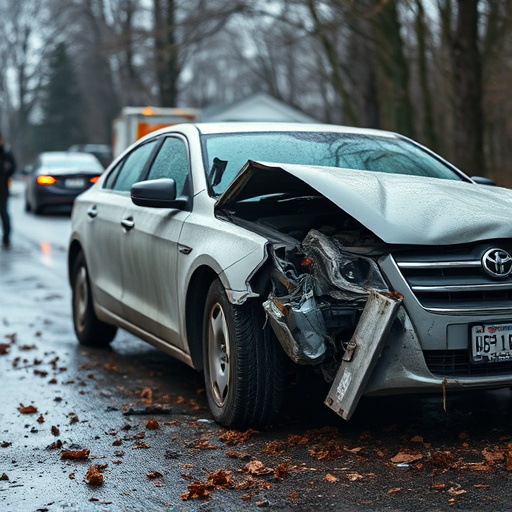
In today’s fast-paced world, customers expect quick turnaround times for collision repair services. Efficient strategies play a pivotal role in achieving this. One key approach is streamlining the process by implementing digital technologies like specialized software for estimating repairs and inventory management. This reduces manual errors and speeds up communication between various departments, ensuring that every step from vehicle assessment to parts ordering is executed promptly.
Additionally, prioritizing tasks based on urgency and damage severity can significantly cut down repair duration. Focusing on critical repairs first, such as auto glass replacement or bumper repair, ensures that vehicles are made safe for the road faster. Moreover, having a well-stocked inventory of commonly used parts for vehicle bodywork prepares technicians to tackle common issues swiftly, minimizing wait times for customers.
Collision repair services have evolved significantly, with modern processes and efficient strategies playing a pivotal role in reducing turnaround times. By understanding the factors affecting repair duration today, automotive professionals can optimize their workflows and deliver faster, high-quality collision repairs. This not only benefits businesses by increasing productivity but also satisfies customers who value swift and reliable service. Implementing these efficient practices is key to staying competitive in the current market for collision repair services.


